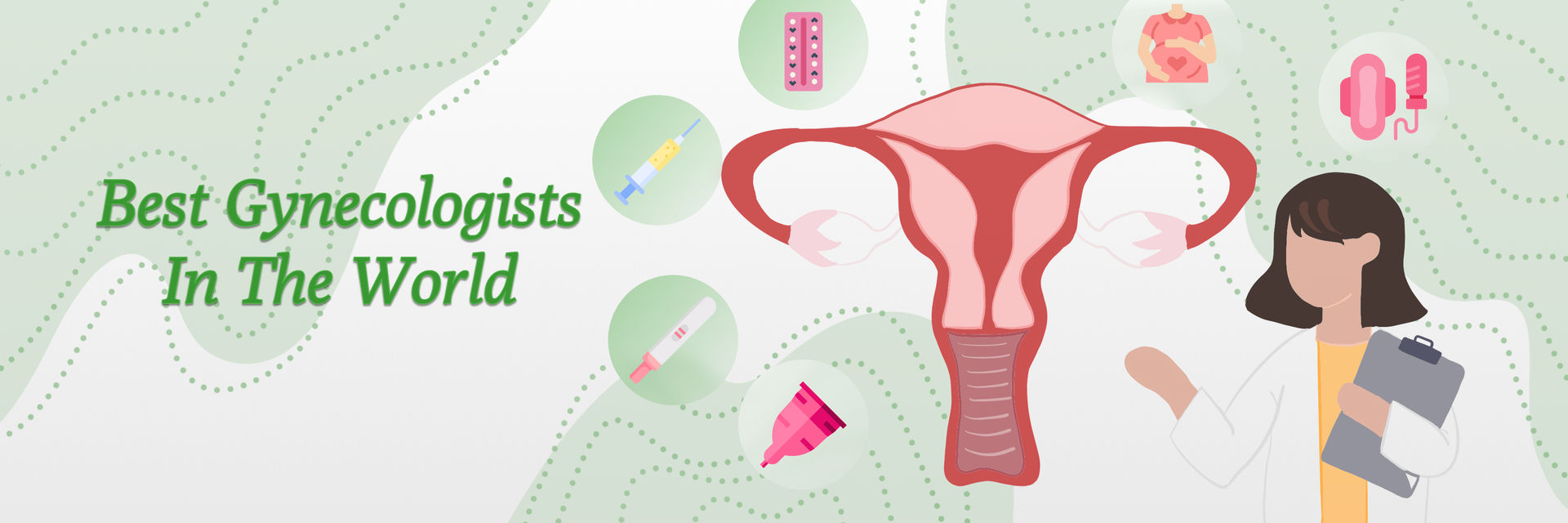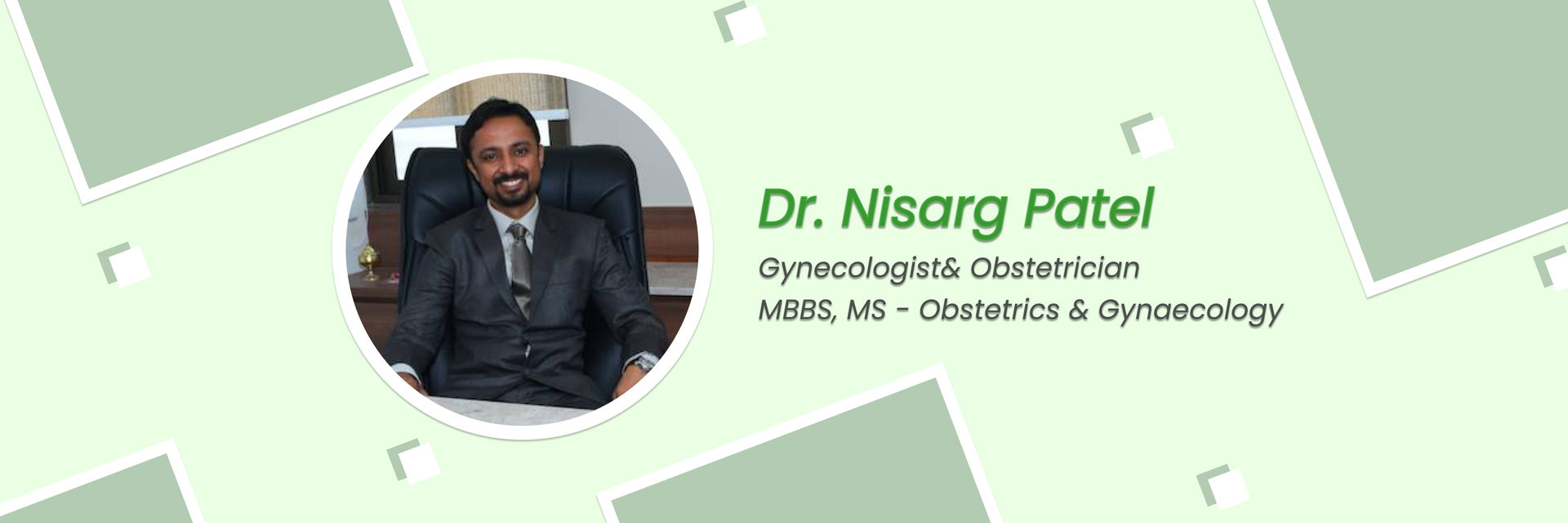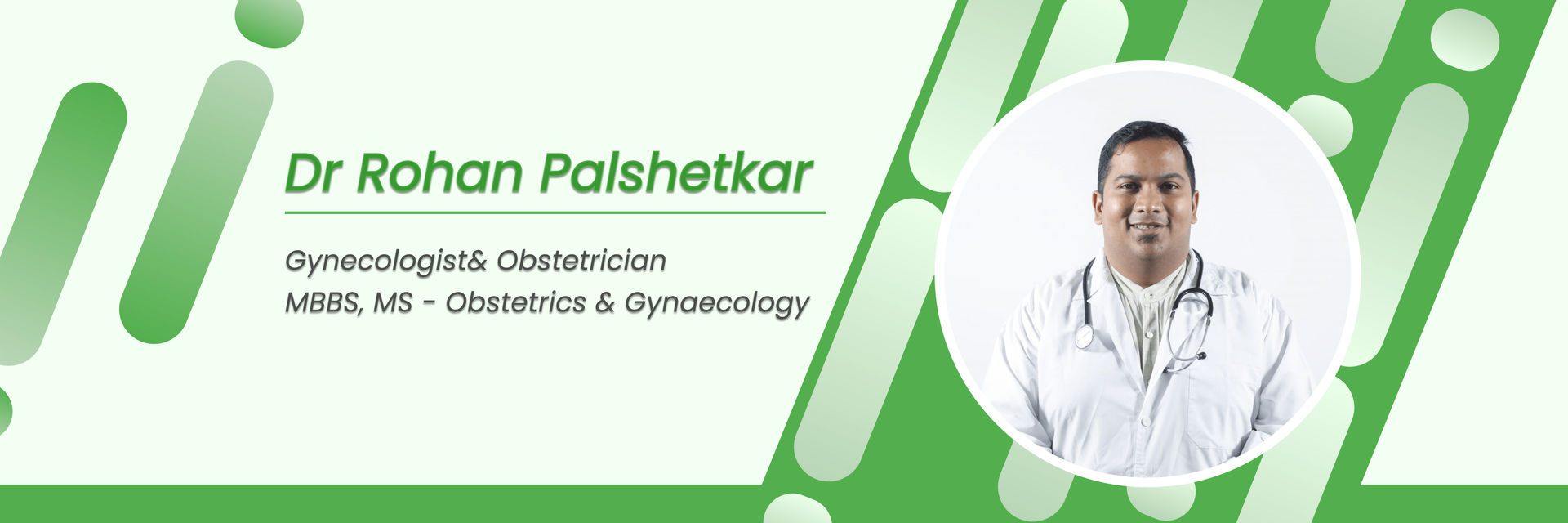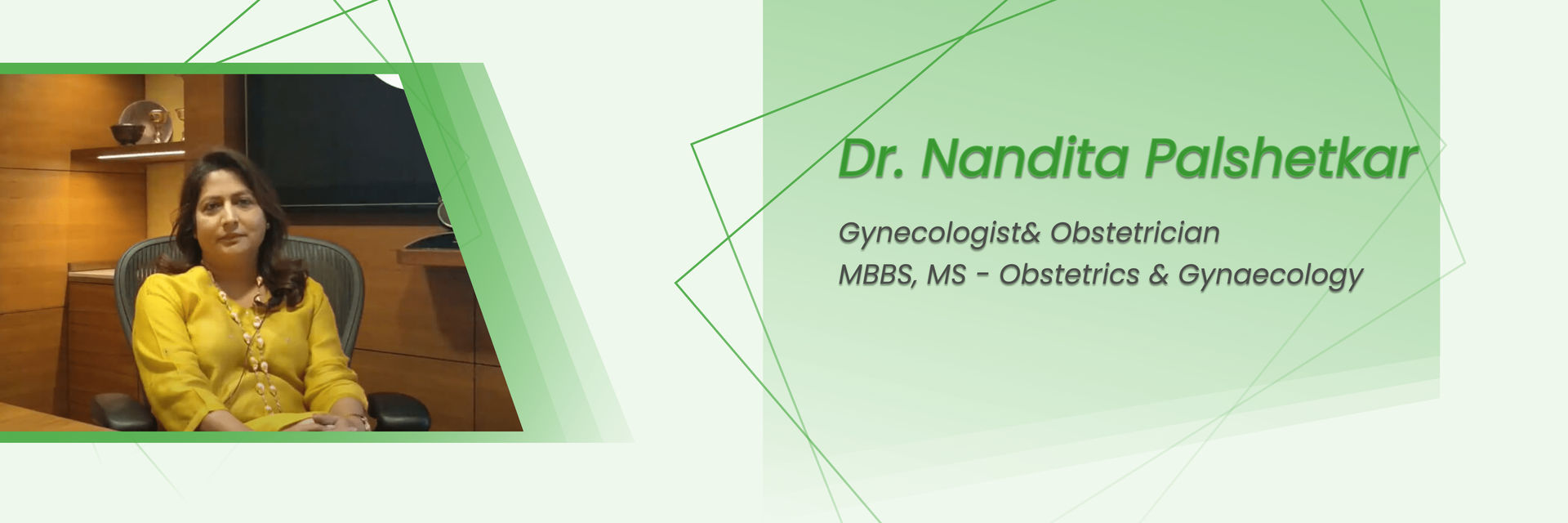Overview
Women's reproductive organs may be affected by PID, or pelvic inflammatory disease, which can result in infections. When bacteria from specific illnesses spread and damage the uterus, fallopian tubes, or ovaries, the syndrome develops. Pelvic pain, atypical discharge, discomfort during intercourse, and fever are typical warning signs. PID can cause infertility, ectopic pregnancy, or chronic pelvic pain if it is not treated. In order to avoid long-term problems and maintain fertility, early identification, and rapid antibiotic medication are essential.
Exploring the Consequences: Can PID Hinder Pregnancy?
Take charge of your health and your life. Contact us today!
Can PID cause Infertility?
Yes, PID can lead to infertility. The infection can cause harm and scarring to the reproductive organs, including the uterus, fallopian tubes, and ovaries if it is not treated or is not treated right away. This scarring can obstruct or damage the fallopian tubes, making it challenging for the fertilized egg to implant in the uterus or for the egg to reach the uterus for fertilization.
Infertility can ensue as a result, making it difficult for people to conceive. To reduce the risk of infertility, PID patients must be evaluated by a doctor and given the proper care.
Let’s understand how PID affects fertility.
How does PID lead to infertility?
PID can cause infertility via some mechanisms:
Damage to the Fallopian Tubes | The PID infection can lead to inflammation and scarring in the Fallopian Tubes. The tubes may become congested or blocked as a result of this scarring, making it challenging for the egg to get from the ovaries to the uterus. Because of this, fertilization might not take place, preventing conception. |
Ectopic Pregnancy | The chance of ectopic pregnancy, in which a fertilized egg implants and develops outside the uterus, usually in the fallopian tubes, can also be increased by scar tissue from PID. Ectopic pregnancies are not viable and, if not recognized and treated right once, can result in consequences that can be dangerous. |
Pelvic Adhesions | Bands of scar tissue called pelvic adhesions, which can bind organs together, can develop as a result of PID. Adhesions can alter the reproductive organs' normal structure, obstructing the route of the egg or preventing the sperm from reaching the egg. |
Chronic Pelvic discomfort | PID can lead to chronic pelvic discomfort, which can interfere with sexual function and make it difficult to get pregnant. To reduce the risk of infertility and other consequences of PID, one must seek an early diagnosis and quick treatment. |
Want to identify the silent threat of PID? We have got you covered. Keep reading to find out more.
How is PID diagnosed?
PID can be identified using a variety of techniques, such as:
Medical History Review and Symptom Assessment:
The healthcare professional will review your medical history and inquire about symptoms like -
It's critical for an accurate diagnosis that you describe your symptoms and any recent sexual activity in detail.
Physical Examination:
To look for signs of infection or inflammation, such as pain in -
the pelvic region, unusual discharge, or cervical motion tenderness (pain when the cervix is moved), a pelvic examination is performed.
Laboratory Examinations:
Several examinations, such as
- Urine test: A urine sample can be examined to look for infections or STIs.
- Blood test: A blood sample may be collected to check for infection by looking for an elevated white blood cell count.
- Swab Test: To determine the precise bacteria causing the infection, swabs may be collected from the cervix or vagina.
Imaging Studies:
To check the reproductive organs and check for evidence of inflammation or structural abnormalities, imaging tests such as pelvic MRIs or ultrasounds may be advised.
If you think you may have PID or are exhibiting signs of it, it's critical that you see a doctor. Early detection and intervention can reduce problems and protect reproductive health.
Let us together address the infertility linked to PID.
Can PID-related infertility be treated?
Yes, PID-related infertility is treatable. Depending on the severity of the injury and the patient's general condition, many treatment options are available. Here are a few typical methods:
Antibiotics:
A course of antibiotics is the main treatment for PID in order to get rid of the infection. To finish the entire course of antibiotics as directed by the doctor or other healthcare professional. The infection's spread is slowed down by this therapy, which also lessens the chance of more damage.
Surgical Intervention:
To address PID problems that lead to infertility, surgical intervention may be required. Surgery can address various structural issues affecting the reproductive organs, such as adhesions, scar tissue, or both.
When natural conception is impossible owing to severe tubal damage or other circumstances. assisted reproductive procedures (ART) like intrauterine insemination (IUI) or in vitro fertilization (IVF) can be considered. These procedures entail egg collection, laboratory fertilization, and intrauterine delivery of embryos or sperm.
It's crucial to remember that the effectiveness of treatment depends on some variables, including -
- the extent of the injury
- the patient's age
- and general fertility health
The odds of treating PID and getting pregnant can be increased by early discovery, timely treatment, and close follow-up with medical practitioners who specialize in fertility.
Let's explore the outlook for PID treatment.
Take the first step to recovery. Get in touch with us for your treatment.
Can PID be cured permanently?
With the right and prompt care, PID can be treated. A course of antibiotics is the main course of treatment for PID to get rid of the infection. To ensure full eradication of the infection, one must finish the entire course of antibiotics as directed by the healthcare professional.
The damage brought on by the infection may not be repairable, despite the fact that PID is treatable. Even after the infection has been treated, the reproductive organs, especially the fallopian tubes, may still be scarred and damaged. This may affect fertility and raise the possibility of problems like ectopic pregnancy.
To protect reproductive health, PID recurrence must be avoided. This can be accomplished by utilizing barrier techniques like condoms, engaging in safe sex, getting tested for and treated for STIs, and seeking immediate medical help if you experience any infection-related symptoms.
The likelihood of preserving fertility and reducing long-term consequences is higher if PID is identified and treated early. Recurrent infections can be prevented, and reproductive health can be preserved via routine follow-up.
Do you know the chances of conceiving with PID? Let’s find out.
Can a woman with PID get pregnant?
Yes, a woman with PID can still become pregnant. albeit it might be harder depending on how bad the infection is and whether there has been any harm. PID can result in issues with fertility, such as blocked or damaged fallopian tubes, which can complicate the process by which the egg travels from the ovaries to the uterus to be fertilized.
The likelihood of sustaining fertility is increased if the infection is identified and treated. Early use of antibiotics can lessen the likelihood of problems and assist in stopping more damage. In some circumstances, surgical intervention can be required to correct structural irregularities or get rid of scar tissue that might be interfering with fertility.
Women with fertility issues connected to PID may consider assisted reproductive methods including intrauterine insemination (IUI) or in vitro fertilization (IVF). These procedures increase the likelihood of conception by avoiding the fallopian tubes and injecting fertilized eggs or sperm straight into the uterus.
Learn the tips to safeguard against PID.
How can PID be prevented?
PID can be avoided by taking some steps:
| Practice Safe Sex | Using barrier contraceptives, such as condoms, during sexual contact might help lower the chance of acquiring transmitted infections (STIs), which can result in PID. |
| Get Regular STI Testing | Early detection and treatment of infections can prevent PID from developing. This is especially true for persons who are active or at higher risk. It's crucial to heed the advice of your doctor about how to get tested for STIs. |
| Treat STIs Right Away | If you've been diagnosed with an STI, it's important to get treated right away and take all the antibiotics that are recommended for you. The risk of problems and the spread of infection to the reproductive organs is lower when STIs are treated. |
| Practice Mutual Monogamy | Limit your sexual partners and establish a monogamous relationship with a partner who is not infected. It will lessen your risk of contracting STI and your risk of getting PID. |
| Take Precautions After Invasive Operations | Following post-invasive care guidelines from your doctor and practicing good hygiene can help prevent infections that could result in PID after invasive operations. involving the reproductive organs, such as childbirth, miscarriage, or abortion. |
| Avoid Douching | Douching might raise the risk of infections by upsetting the normal balance of germs in the vagina. Douching should be avoided as a preventative approach for PID. |
| Vaccination | Immunizations against several STIs, such as the HPV (Human Papillomavirus) vaccination, can guard against infections that could cause PID. |
It's crucial to keep in mind that even though these preventative steps can lower the chance of PID, they might not completely end it.
Your well-being is our priority - call us to book your appointment today.
References:






